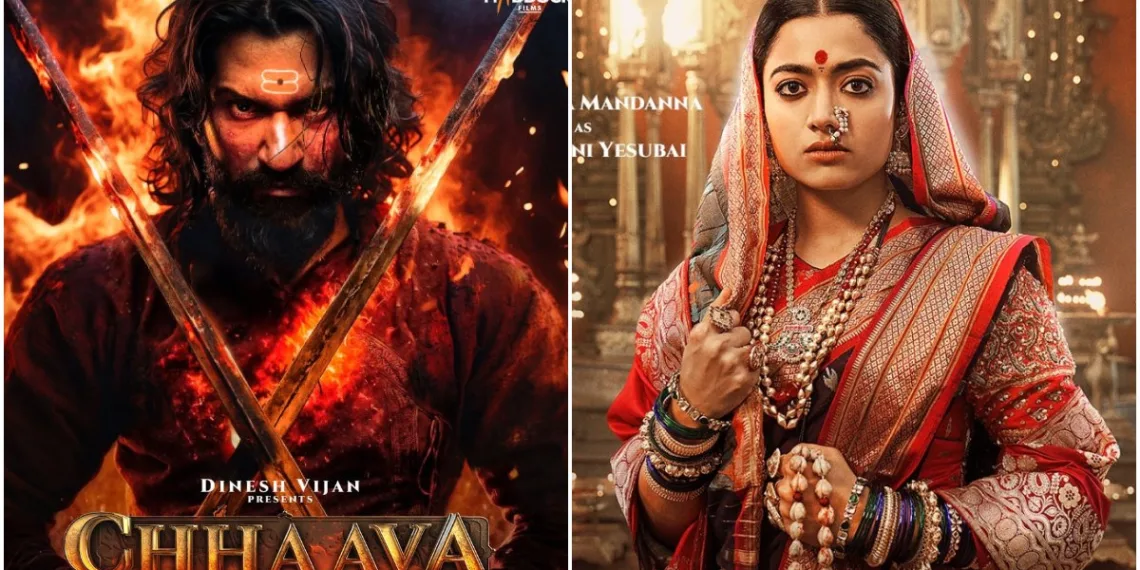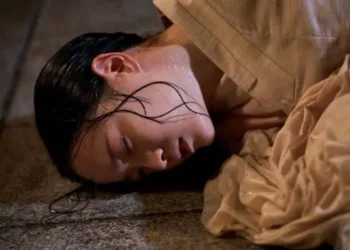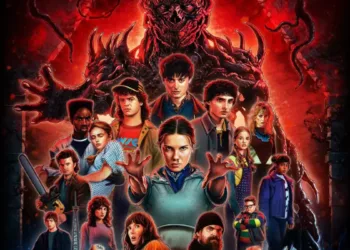The 2025 Bollywood box office landscape has revealed a concerning trend for India’s film industry, with just two movies managing to cross the profitability threshold despite a steady stream of high-profile releases. As production costs continue to soar and audience preferences evolve rapidly, filmmakers are struggling to create content that resonates commercially with viewers who have become increasingly selective about their theatrical experiences.
This alarming success rate – merely 10% of theatrical releases turning profitable – signals a potential paradigm shift in how films are financed, marketed, and distributed in the post-pandemic era. While star power once guaranteed opening weekend numbers, the current market is demonstrating that budget management and compelling storytelling have become the true determinants of success. The contrasting fortunes of 2025’s two standout performers – a lavish historical epic and a modestly budgeted thriller – offer valuable insights into what’s working at the contemporary Indian box office and why many big-name productions are failing to connect with audiences.
Table of Contents
Bollywood Box Office Blues: How Two Films Defied 2025’s Downward Trend?
The harsh reality of Bollywood’s current commercial landscape has become increasingly evident as we approach the midpoint of 2025. With approximately 20 films having graced the silver screen since January, the industry is facing a sobering statistic: just two productions have managed to exceed their production costs and earn the coveted “hit” status. This underwhelming 10% success rate has sent ripples of concern through production houses and distribution networks, prompting serious questions about the sustainability of current financing and marketing models.

Vicky Kaushal’s historical epic “Chhaava” stands tall as the undisputed champion of 2025’s box office battle. The period drama, which pairs Kaushal with veteran Akshay Kumar, has demonstrated remarkable staying power by continuing its theatrical run for over 50 days – an increasingly rare feat in an era of rapidly shrinking theatrical windows. With collections exceeding 600 crore rupees, the film has firmly established itself in the elite “blockbuster” category, defying industry expectations during what has otherwise been a challenging year. Audience response indicates that the film’s meticulous historical recreation, powerful performances, and emotional storytelling have created the perfect formula for cross-demographic appeal.

The year’s second success story has emerged more quietly but is perhaps even more impressive when considering return on investment. “The Diplomat,” starring John Abraham and Sadia Khateeb, has achieved hit status through disciplined budget management rather than overwhelming box office dominance. Directed by Shivam Nair and inspired by real events, the film was produced on a modest budget of 20 crore rupees. After three weeks in theaters, it has accumulated approximately 37 crore rupees – representing a 185% return on investment. This performance validates the growing industry belief that mid-budget films with focused storytelling can outperform bloated productions in terms of profitability.
The week-by-week performance of “The Diplomat” reveals a healthy pattern of audience retention that distributors prize. Its collections of 19.45 crore, 10.68 crore, and 5.30 crore across three consecutive weeks demonstrate a gradual decline rather than the precipitous drop-off that has plagued many other 2025 releases. Even 22 days post-release, the film continues to add meaningful daily totals to its cumulative haul, with recent single-day collections of 40-80 lakh rupees. This sustained performance indicates positive word-of-mouth, a critical factor in achieving profitability in today’s marketing-heavy environment.
| Film | Budget (Crores) | Box Office (Crores) | ROI (%) | Status | Stars |
|---|---|---|---|---|---|
| Chhaava | Not Disclosed | 600+ | Not Calculable | Blockbuster | Vicky Kaushal, Akshay Kumar |
| The Diplomat | 20 | 37+ | 185% | Hit | John Abraham, Sadia Khateeb |
| Sky Force | 160 | 100+ | -37.5% | Flop | Akshay Kumar |
| Deva | 80 (est.) | Under 40 | -50% (est.) | Flop | Shahid Kapoor |
| Emergency | 90 (est.) | Under 30 | -66% (est.) | Flop | Kangana Ranaut |
| Azaad | 70 (est.) | Under 50 | -28% (est.) | Average | Ajay Devgn |
The stark contrast between these two successes and the year’s high-profile disappointments tells a compelling story about evolving audience preferences. Perhaps the most notable underperformer is Akshay Kumar’s “Sky Force,” which collected over 100 crore rupees yet still failed to achieve hit status due to its enormous 160 crore budget. This disparity highlights the growing challenge of recouping investments on big-budget spectacles – even when they attract significant audience numbers, the financial mathematics often don’t add up to profitability.
Other major disappointments include Kangana Ranaut’s much-anticipated “Emergency,” Shahid Kapoor’s action vehicle “Deva,” and Ajay Devgn’s “Azaad.” Despite featuring established stars and substantial marketing campaigns, these films joined the growing list of productions that failed to recover their costs. Additional entries in 2025’s unsuccessful column include “Fateh,” “Loveyapa,” and “Badass Ravikumar,” suggesting that neither star power nor genre is a guaranteed formula for success in the current market.
Industry analysts point to several factors contributing to this challenging environment. The proliferation of streaming platforms has raised the bar for content that justifies a theatrical visit, with many viewers now reserving cinema outings for spectacle-driven experiences or films with exceptional word-of-mouth. Additionally, heightened production costs – driven by inflation, talent fees, and marketing expenditures – have made profitability increasingly difficult to achieve even with respectable audience turnout.
The success stories of “Chhaava” and “The Diplomat” offer valuable lessons for producers navigating this difficult landscape. “Chhaava” demonstrates that historical dramas with cultural resonance can still draw sustained audiences when executed with authenticity and emotional impact. Meanwhile, “The Diplomat” validates the viability of tightly budgeted productions that focus on storytelling efficiency rather than excessive scale. Both films succeeded by understanding their target demographics and delivering experiences that audiences felt warranted the theatrical premium.
As the industry progresses through 2025, all eyes are on upcoming major releases to see if they can reverse the troubling commercial trend. With several high-profile films still awaiting release – including multiple franchise entries and star vehicles – Bollywood has opportunities to improve its hit ratio before year’s end. However, the lessons from the first quarter suggest that budgetary discipline and audience connection, rather than mere star power or marketing muscle, will ultimately determine which films join “Chhaava” and “The Diplomat” in the win column.
Tanvi The Great First Look: Anupam Kher Unveils Mysterious Character in Heartfelt Teaser
Frequently Asked Questions
Why are big-budget Bollywood films struggling at the box office in 2025?
Several interconnected factors are contributing to the underperformance of big-budget Bollywood productions in 2025. The most significant challenge is the dramatically changed post-pandemic audience behavior, with viewers becoming increasingly selective about which films merit a theatrical visit versus waiting for streaming releases. Production budgets have simultaneously ballooned due to talent costs, inflation in technical departments, and expanded marketing requirements, creating a dangerous disconnect between investment levels and realistic return potential.
The average budget for a star-driven Bollywood film has increased approximately 35% since 2023, while average ticket sales have declined nearly 20% in the same period. Additionally, content saturation across streaming platforms has raised audience quality expectations while providing convenient alternatives to theatrical viewing. Films like “Sky Force,” despite collecting over 100 crore rupees, still failed commercially due to excessive 160 crore production costs. Industry insiders also point to screenplay issues, with many big-budget projects prioritizing scale over storytelling fundamentals, leading to weak word-of-mouth despite initial opening weekend draws based on star power.
The contrasting success of modestly-budgeted “The Diplomat” (20 crore budget) demonstrates that financial discipline combined with focused storytelling can achieve profitability even in this challenging market.
What strategies are helping successful films like “Chhaava” and “The Diplomat” succeed where others fail?
“Chhaava” and “The Diplomat” have employed distinctly different but equally effective strategies to achieve profitability in 2025’s challenging market. “Chhaava” succeeded through cultural resonance and premium execution – its historical narrative tapped into strong audience interest in authentic Indian stories, while its production values justified the theatrical experience. The film maintained disciplined marketing focused on its historical authenticity rather than just star power, creating genuine audience anticipation. Its release strategy was equally crucial, securing prime screening slots and carefully selecting a release date that avoided direct competition with other major films.
Meanwhile, “The Diplomat” exemplifies the “smart budget” approach gaining traction in Bollywood. With production costs of just 20 crore rupees, its profitability threshold was achievable despite modest box office returns. The film targeted a specific audience segment with a thriller based on real events, creating focused marketing that efficiently reached its intended viewers rather than attempting broad-spectrum appeal. Its narrative efficiency – delivering a compelling story without unnecessary production elements – resulted in positive audience response and sustained week-over-week performance.
Both films also benefited from strong word-of-mouth, generating the organic promotion that expensive marketing campaigns often fail to achieve. These contrasting approaches suggest two viable paths forward for Bollywood: either exceptional execution of culturally resonant stories that justify premium budgets, or disciplined financial planning that ensures profitability through realistic box office targets.








